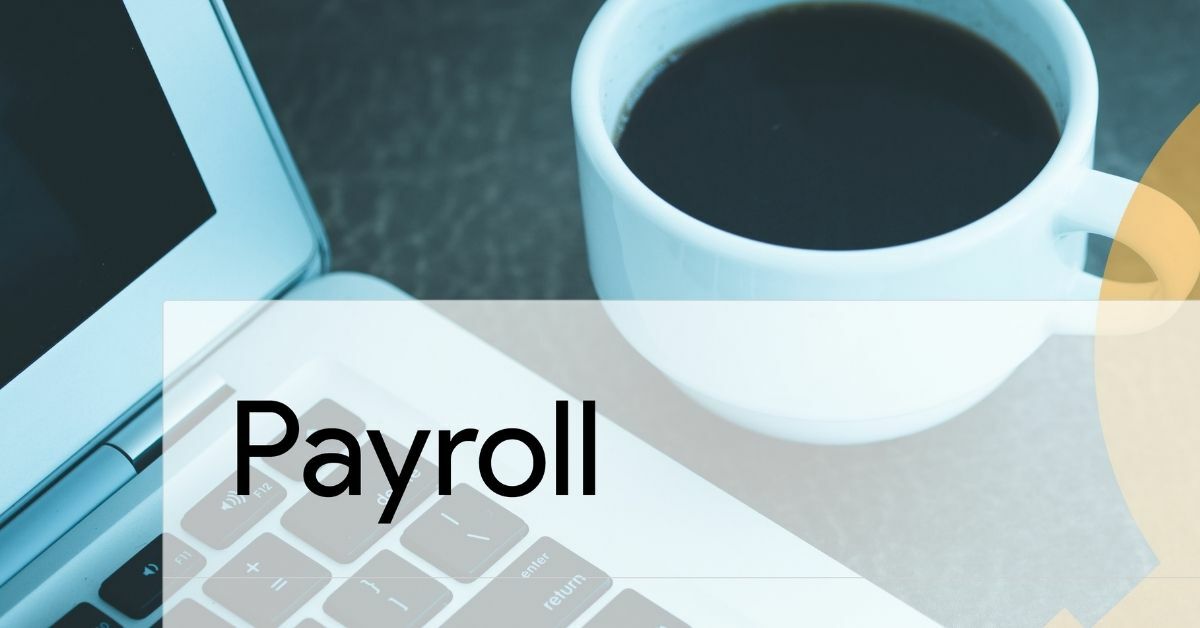
Can you require employees to be vaccinated in Australia?
Can you require employees to be vaccinated in Australia?
Vaccination is an effective way to help protect against COVID-19. But as an employer, can you require your team to be vaccinated?
While in some situations, you may be able to require employees to get vaccinated, another approach is to openly support vaccination through your workplace.
Open support for vaccination could mean:
- Giving your employees paid time off for their vaccination appointments.
- Making reliable vaccination information available on shared portals, like your intranet. The Department of Health has useful information on how they work, safety and side effects, and details about each vaccine.
- Planning for the eventuality that some employees will not be vaccinated, and considering alternative arrangements, like work from home.
It’s important to remember that employees will have access to vaccination at different times and adjust any communications accordingly.
Employers must comply with work health and safety law and may only require employees to be vaccinated under certain circumstances.
If you are thinking about introducing a mandatory COVID-19 vaccination policy for your business, you should seek legal advice before doing so.
The exploration process should also include understanding your consultation obligations through reviewing any applicable award, agreement, employment contract or existing workplace policy.
If you do introduce a mandatory vaccination policy, you should cover travel costs and paid time off for employees to attend vaccination appointments that are during work hours.
You should be aware that some employees may need to use paid sick leave to recover after being vaccinated.
For employees that have used all their sick leave, you may wish to offer them the option to use annual leave or another leave entitlement. You may also wish to give casual staff members the option to adjust their working schedule ahead of time.
For more information on workplace rights and your obligations, visit fairwork.gov.au. And for additional information on vaccination and managing COVID-19 risk in your workplace visit SafeWork Australia.








